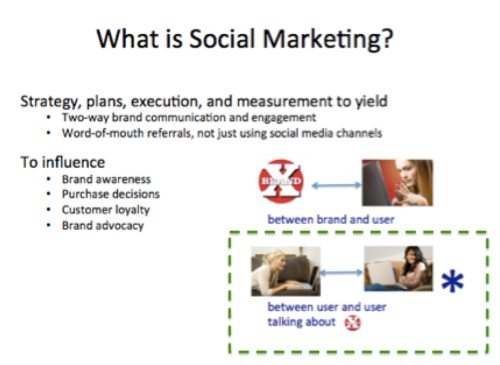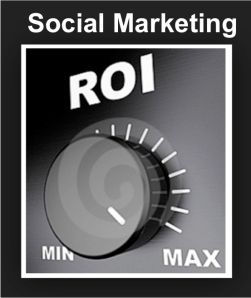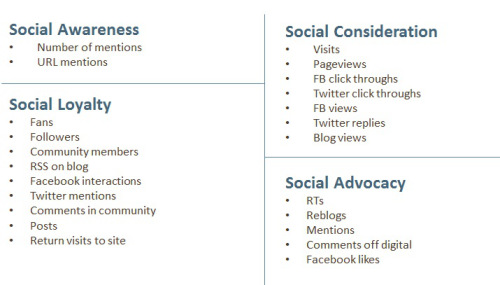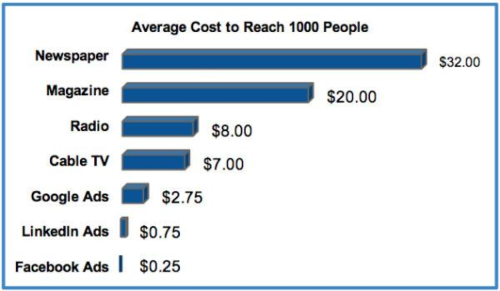Given my name, Social Steve, you are probably thinking I will answer these questions from a very subjective manner. But let me assure you, that is not the case. I will answer the questions from the most relevant perspective – examining audience behavior.
Recently I read an article where Fred Wilson (one of the sharpest Venture Capitalist on the planet) stated “the social media phase of the Internet ended.” He goes on to say, “This may have happened a few years ago actually but I felt it strongly this year. Entrepreneurs and developers still build social applications. We still use them. But there isn’t much innovation here anymore. The big platforms are mature. Their place is secure.” While technologists may have hit a saturation point, people use social media ubiquitously in some form. A VC may not see a need to continue to evaluate social technology, but should marketers continue to see strong opportunities in social marketing?
If you look at Facebook these days, it is easy to say social marketing is dead. Organic reach of brand posts is at an abysmal one or two percent. Yes there continues to be opportunities for paid social to allow brands to target specific demographics for their native ads. You have to pay to play. The days of brands doing daily postings may have reached the end of usefulness. But before you dismiss social marketing, let me remind you or enlighten you that half of Americans get product recommendations from social media.
I would take this one step further and say more and more people get recommendations before purchasing products. These recommendations come from friends, online reviews, industry experts, family, and colleagues. Social media may or may not be the vehicle for this product recommendation. While the exchange of this information may or may not be digital, digital technologies including email, text, blogs with product reviews, etc. have exponentially exploded word-of-mouth marketing.
I often do social marketing training sessions for companies. I start off by defining social marketing. As I prepared for an upcoming session to be delivered this week, I included a slide I usually deliver …
But for this upcoming session, I chose to highlight the communication between social users talking about the brand as opposed to communication and engagement between the brand and individual audience members. This is because new social platform algorithms limit organic reach and hamper communication between brand and user. There needs to be greater marketing attention focused on motivating users to communicate and share the brand amongst themselves.
Social marketing is not simply the use of social media. Social marketing is the art and science of inspiring communication from one person to another (or group of people) on behalf of the brand. The successful outcome of social marketing is motivating word-of-mouth marketing.
Is there anyone out there that believes that word-of-mouth marketing is not extremely valuable in motivating lead generation? Social marketing is far from dead. Anyone who is dismissing social marketing either a) is not following their target audience, or b) is allowing Facebook to be the sole platform that represents social marketing.
We need to understand our audience and evolve as they evolve. People share product/service recommendations and information that cannot be monitored and tracked by marketers. Emails. Text messages. Reading an article and/or review to yield purchase decision. These actions (and many more) are called dark social. Dark social is the word-of-mouth marketing that happens but happens in the dark … it cannot be seen.
Social marketing continues to be an important aspect to spawn lead generation. Marketers need deep commitment to developing programs that motivate people to share recommendations of their product/service. There are new innovative tactics required in social marketing. It is not as simple as putting up Facebook or Twitter posts anymore. But the foundation of social marketing, that is, the strategy and plans to get your product/service shared, is still alive and most important today.
I will emphatically declare that social marketing is far from dead. Your turn. Chime in.
Make it Happen!
Social Steve















